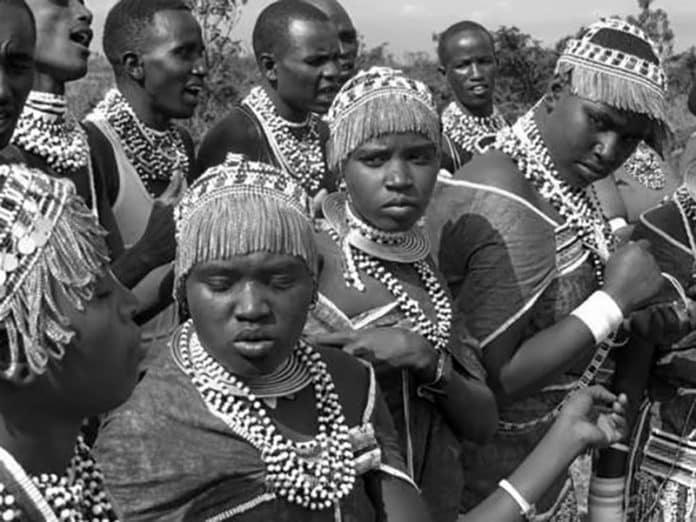Datooga People (Tribe) – History, Culture, Language and More
The Datooga, also known as the Mang’ati in Swahili, is a pastoralist Nilotic tribe that resides in Tanzania’s Manyara, Arusha, Mara, and Singida regions. Datooga’s population was projected to be 87,978 in 2000.
History of the Datooga Tribe
Linguistic evidence suggests that the Nilotic languages originated in the eastern Middle Nile Basin, south of the Abbai River, which is south-east of Khartoum today.
It is assumed that in the second millennium B.C., specific Nilotic-speaking communities migrated southward into present-day South Sudan, where most of them settled. However, the societies now known as the Southern Nilotes pressed on, reaching north-eastern Uganda by 1000 B.C.
Linguist Christopher Ehret
According to linguist Christopher, Southern Nilotic-speaking communities, who raised domestic stock and perhaps grew sorghum and finger millet, resided close to an Eastern Cushitic-speaking group with a considerable cultural connection between 1000 and 700 BC Ehret. This area of cultural interaction is generally located along the shared border between Sudan, Uganda, Kenya, and Ethiopia.
He claims that the cyclical system of age-set organization, the cultural exchange expressed in borrowed loan words, and the introduction of circumcision all originate from this period.

In his opinion, linguist Christopher Ehret, speakers of Southern Nilotic languages separated into two major groups around the fifth and sixth century BC: proto-Kalenjin and proto-Datooga. The former developed among individuals who lived north of the Mau range. The latter developed with those who moved south of the western highlands, into the Mara river surroundings and Loita plains.
Recent Events
At least seven Datooga tribes are known to exist:
- Asimjeeg (Tsimajeega, Isimijeega)
- Bajuta
- Barabayiiga (Barabaig, Barabayga, Barabaik, Barbaig)
- Bianjiida (Biyanjiida, Utatu)
- Buraadiiga (Buradiga, Bureadiga)
- Gisamjanga (Kisamajeng, Gisamjang)
- Rootigaanga (Rotigenga, Rotigeenga)
Although Barabayiiga and Gisamjanga are incredibly similar, the dialects of the Datooga language are sometimes distinct enough to make comprehension difficult. Since the nineteenth century, the Datooga have engaged with surrounding ethnic groups. Their leader, Saigilo, is well-known throughout the region.
For more articles on the Tanzania Tribes click here!


































